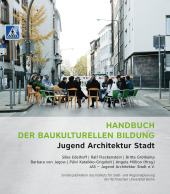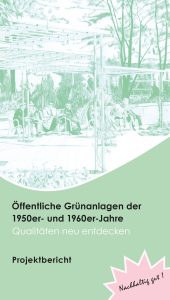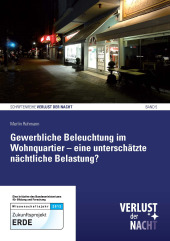Raum ist Zeit
Zeitentfernungskarten als Orientierungssystem im städtischen Fußverkehr

Publishing year: 2013
This thesis deals with cartographic visualizations depicting the relations between spatial and temporal distances. Isochronal maps which show areas that can be reached within a specific travel time are brought into focus. Different isochronal maps and applications for pedestrians with regard to their design will be examined. Furthermore, other methods to visualize travel time and the relations between spatial and temporal distances will be presented. There are currently various web-based applications which create isochronal maps. One can distinguish between different methods of illustration and the design of the isochrones. The thesis analyzes how and with which degree of abstraction the several isochronal areas are presented. Map-based orientation systems in public space use a relative abstract method to depict this. Starting from the location of the viewer, concentric circles are drawn and provided with distance information. However, the spatial distance does not always correspond with the linear distance. Topography, street grids and buildings affect this relation. Some theoretical principles of cartography and graphic design have to be explained to tell why a higher degree of abstraction is used in map-based orientation systems. Generalization creates comprehensive and more readable illustrations – (at times) at the expense of attention to detail. To complement the theoretical remarks with empiric results, a non-representative survey was conducted. Two time distance maps with different designs were shown to 40 people. One illustration was based solely on concentric circles. The other map was composed with a lower degree of abstraction. According to the results, a map that can easily be understood and read is preferred over a detailed, realistic and thus more complex one. This applies especially to tourists and people who are unfamiliar with the depicted area. The survey confirmed that complex illustrations of time maps should consider its intended use and its users. Furthermore, for map-based orientation systems, a high degree of abstraction is appropriate. How the specific design of the isochronal zones affects the perception and readability has yet to be answered.



